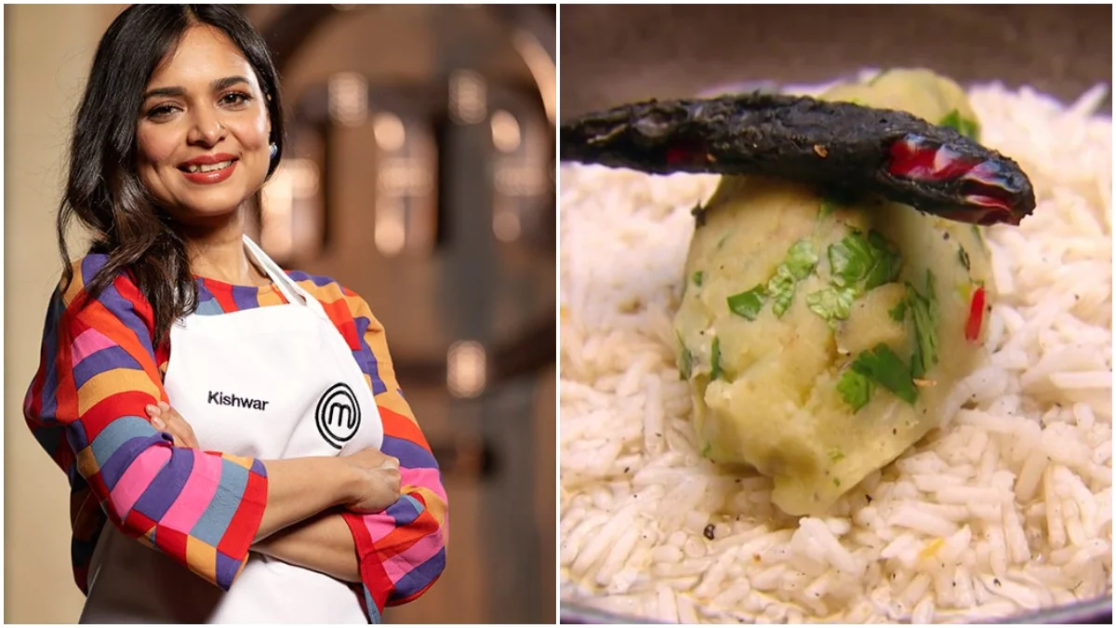It will not be an exaggeration to state that one’s identity is closely related to what one eats
 Poulami Ghosh
Poulami Ghosh

Food is a stimulating site to understand any society as reflected in this famous quote by famous food scholar Jean Brillat-Savarin, “Tell me what you eat and I will tell you who you are.” In times like ours, where the boundaries between the ‘traditional’ and the ‘modern,’ the ‘local’ and the ‘global,’ the ‘urban’ and the ‘rural’ are getting blurred, food can reveal the changes and continuities in socio-cultural practices in a society.
It will not be an exaggeration to state that one’s identity is closely related to what one eats. It is particularly evident amongst people living outside their countries as food becomes an instrument for these individuals to maintain and display their ethnic and national identities. Food becomes closely associated with ‘memory’ and ‘nostalgia’ amongst diasporic groups that try to hold on to their ‘local’ habits in a global setting.
Food and foodways then become crucial ways of negotiating national identities in an increasingly globalised and cosmopolitan context. This relationship between food and identity amongst the Indian diaspora in a globalised and capitalist context proves that the understanding of food’s role in building social relations is not outdated. Food and cuisine are still in some ways tied to the locale.
The relationship between gender and food is also striking as it is still women who are associated with food-related activities and are the primary providers of food in diasporic Indian groups. Memories of homemade food are related to a woman figure, be it the mother or grandmother. These examples illustrate that the local has not been completely overwhelmed by the global, but has been reshaped.
Popular culture is a crucial medium to disseminate ways and eating habits related to food and foodways amongst both urban and rural people. Television has seen a prolific rise in food-themed shows in the last few decades. These shows have not only popularized different kinds of cuisines amongst urban Indians but have also portrayed gender roles related to cooking and food. The availability and popularity of international cuisines in India also indicate a trend of the globe becoming more easily available. This is aided by television shows like “Master Chef” that have made other food cultures extremely popular among urban youth in many countries, including India.
“Master Chef” is a British show that has been adapted in various countries including Australia and India. It has enjoyed immense popularity amongst the audiences.
Recently on the grand finale of Masterchef Australia 13, Bangladeshi-origin contestant Kishwar Chowdhury whipped up ‘Smoked Rice Water’ for the judges. This one-dish translated the art, history, and emotion that makeup food. Her take on the simple panta bhaat is a complex interplay of her Bangladeshi heritage, the story of a migrant recreating the homeland in a new country and the culinary techniques learned through her time on MasterChef Australia.
Viewers from the subcontinent watched agog, as they recognised the dish as a version of the panta bhat, or cooked rice soaked overnight in water, which then ferments and is eaten with a dash of mustard oil, green chilies, onions, and a variety of condiments such as pickles or dried fish. This rustic dish in India is known by several names: the pakhala in Odisha, poita bhat in Assam, pazham kanji in Kerala, and the panta bhat in West Bengal, pazhaya saadham in Tamil Nadu, among others.
As Chowdhury served ‘Smoked Rice Water’ with alu bhorta and fried sardines marinated in white soy, social media exploded with reactions. While some were aghast that a dish this simplistic—a rice gruel, often tagged as ‘peasant food’— was chosen as a finale dish, there were others who felt a surge of pride that Chowdhury had chosen to represent traditional flavours from back home on the show. The latter was evident on her Instagram page, when viewers from Bangladesh, thanked her for putting their food on the world map.

“Kishwar’s dish presented at the finale is one that makes a strong case for showcasing food traditions that may be every day, humble and ubiquitous in one part of the world, but no less important as a record of history and the culinary traditions of a people,” writes Diya Kohli in Conde Nast Traveller about this episode. While panta bhat might suddenly be having a moment under the spotlight, the dish has a complex and interesting history that belies its simple nature.
According to food historian Pritha Sen, the panta bhat has been a common phenomenon across eastern and southern India for ages now. “You move from the simple food of the soil to food that spells affluence,” she explains as a possible reason for the derision behind the dish being served on Masterchef Australia. According to her, while it must have existed earlier as a summer cooling food for farmers, the panta bhat became an integral part when the economy of Bengal began to be broken.
In Bangladesh, where Chowdhury hails from, the popularity of the dish is associated with a political and cultural awakening, so much so that the bhorta and panta bhat are now an integral part of the Pohela Boishakh celebrations. “In 1947, East Bengal separated from India and became East Pakistan, bound by a common religion. In 1971, it broke away from West Pakistan on the grounds of conflicting culture and language. People there began to ask, am I a Bengali first, or a Muslim first? It created a conundrum,” says Sen.
So, they started delving into their indigenous cultural roots to create an identity that was different from both Pakistan and West Bengal. Today some of these East Bengal traditions have seeped into Kolkata’s cultural fabric as well. In some families, the bhog on the day of Dashami includes panta bhat, koi and hilsa fry and kochur saag (colocasia stems). A lot of people also eat it for an early lunch with fried fish. Guwahati-based chef, Kashmiri Barkakati Nath too feels that It is only now, after two generations, post-independence, that the youth is taking pride in going back to the food of their forefathers. “When I heard about Kishwar, I kept thinking why didn’t I ever think of it. She displayed a lot of courage to go ahead with this choice, and we must applaud that,” she adds. Thus, globalization has not meant that the ‘local’ has disappeared. Rather it is integrated and accommodated with the ‘global’ as examples of these food practices show.
Sponsored Advertisement | KRC Foundation

Message to get a callback and schedule an online meeting.
WP: +91-9330830083


Congratulations on picking up such a small topic of food which has been globally introduced .
Well elucidated the history of the iconic dish.
Thank you so much😊
Beautiful representation of the topic which was a matter of discussion for some time among many people around the world specially those who regularly follow food competition shows. The matter was criticized in social media too who failed to see it’s larger sides or they criticized/ laughed on it by nature. But what’s your view on this criticism or memes on social media on this topic specially on the people who did so ..?
Realy commendable
Awsome thoughts